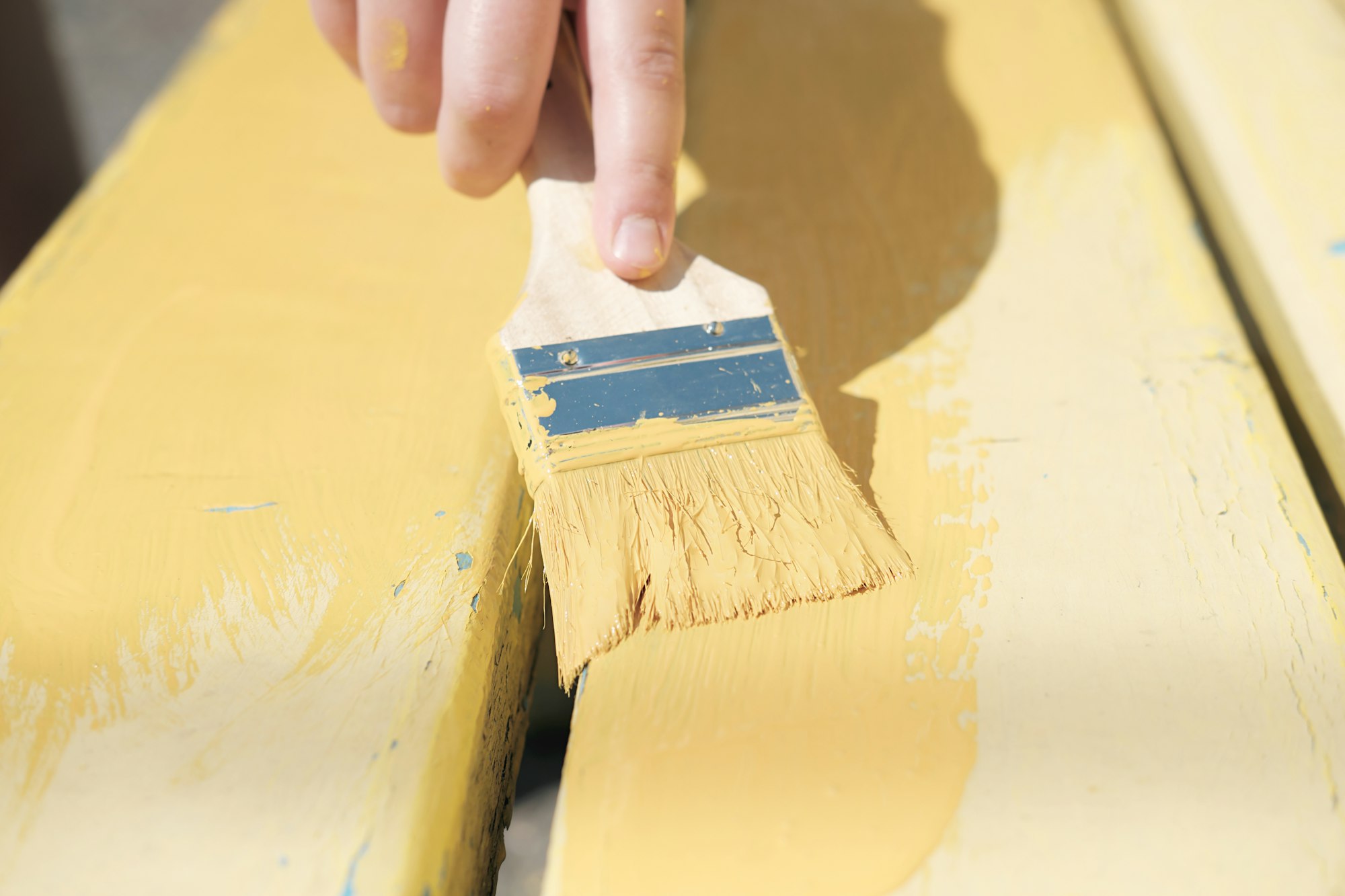Enhancing Your Garden with Simple Improvements
Enhancing your garden with simple improvements can transform your outdoor space into a vibrant oasis of color and tranquility. Whether you're a seasoned gardener or just starting out, there are numerous easy and effective ways to elevate your garden's appeal.









